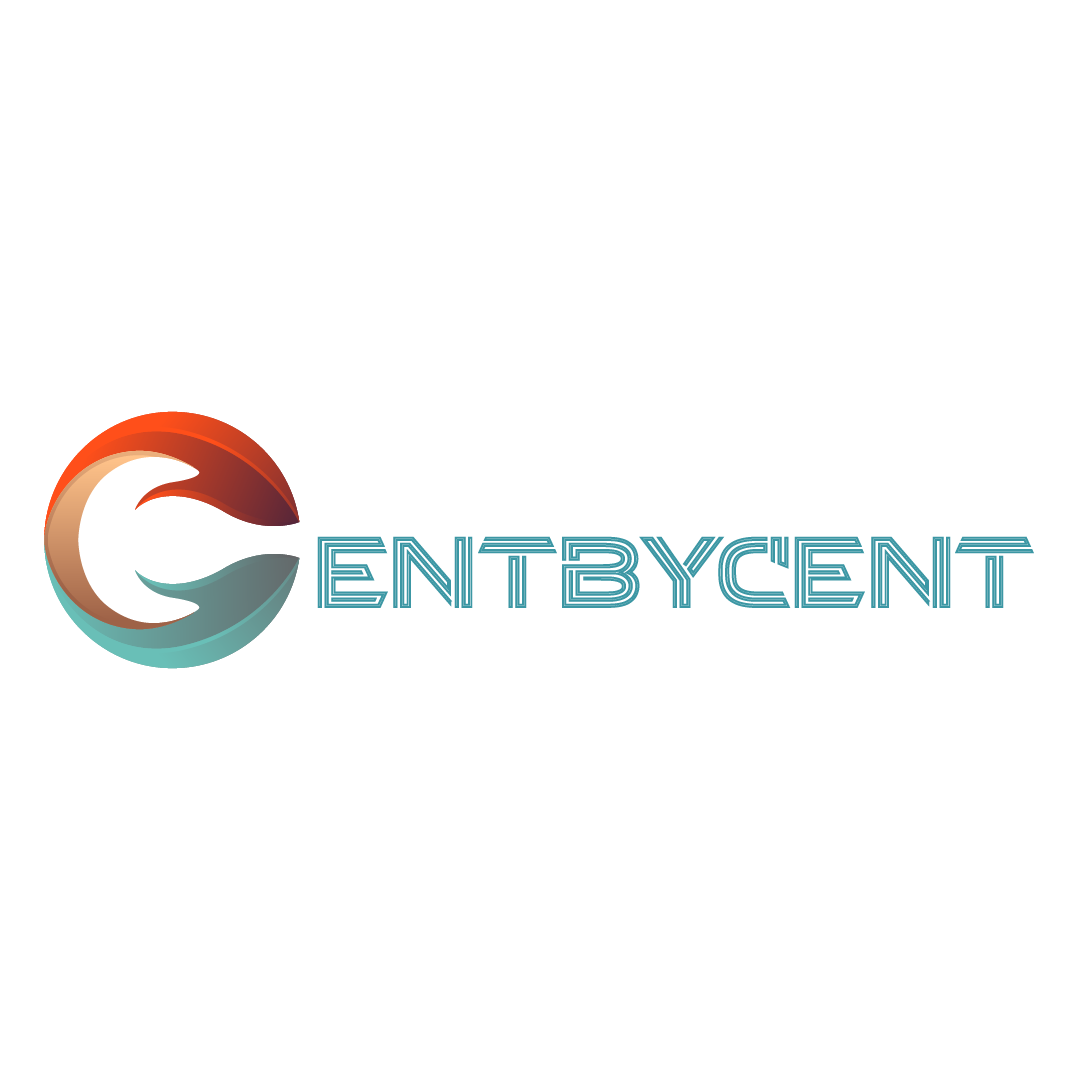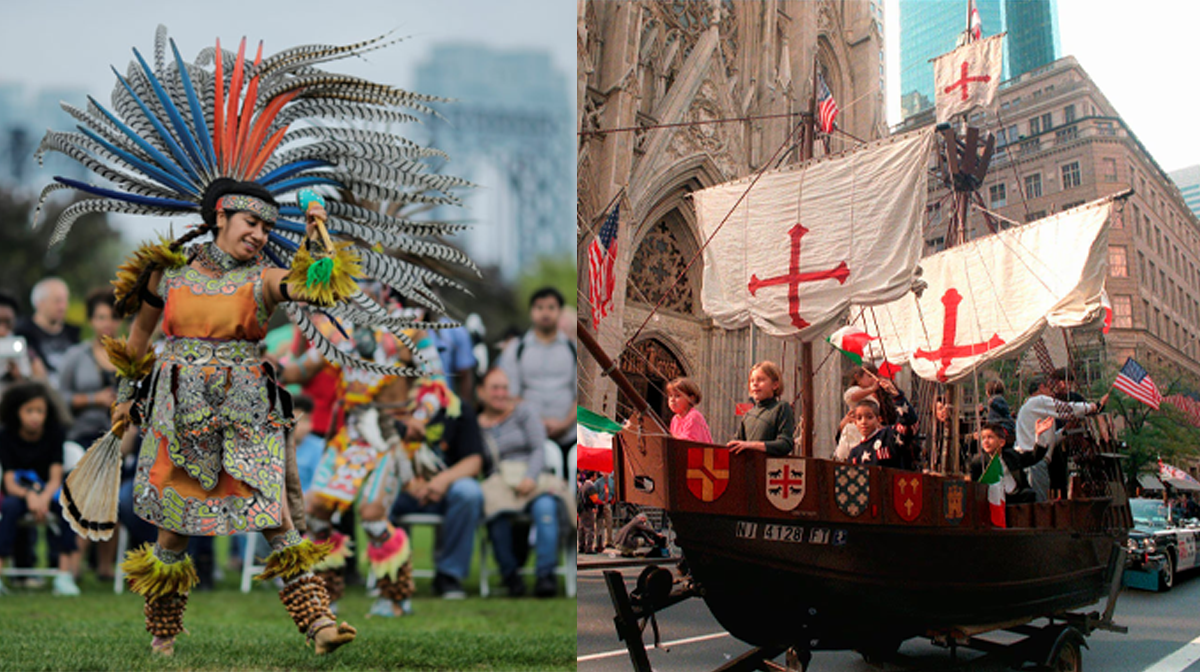As the second Monday in October approaches, families across the United States have the opportunity to celebrate a long weekend, thanks to Columbus Day and the increasingly recognized Indigenous Peoples’ Day. These holidays offer a chance for families to come together and engage in activities that honor both the spirit of exploration embodied by Christopher Columbus and the rich cultural heritage of Indigenous peoples.
While Columbus Day traditionally commemorates Christopher Columbus’s 1492 voyage and his “discovery” of the Americas, Indigenous Peoples’ Day shifts the focus to honoring the history, cultures, and contributions of Native American peoples, acknowledging their presence long before Columbus’s arrival. As the holiday evolves into a federal holiday in some areas, it’s a great time for families to reflect, learn, and engage in activities that respect both sides of history.
This blog explores family-friendly indoor and outdoor activities and deals that you can avail from centbycent for celebrating Columbus Day and Indigenous Peoples’ Day in a meaningful and educational way.
1. Explore Local History on a Nature Walk
One of the best ways to honor Columbus Day and Indigenous Peoples’ Day is by connecting with nature. Columbus’s voyage symbolizes exploration, and Indigenous peoples have a deep connection to the land. A family nature walk or hike can be a wonderful opportunity to celebrate both.
Activity Tips:
a) Visit a local park or nature reserve where you can explore trails and observe the changing autumn colors.
b) Use the walk as a learning moment by discussing the importance of the land to Indigenous communities. Research local tribes and their historical connection to the area before your walk.
c) Teach children to respect the environment, much like Indigenous peoples have done for generations.
Learning Moment:
While walking, talk about Christopher Columbus’s exploration of the Americas, but also take time to recognize the Indigenous peoples who had been stewards of the land for thousands of years prior. You can explore how Columbus Day is now being reinterpreted as a time to honor Native Americans through Indigenous Peoples’ Day.
2. Create Indigenous Crafts and Art Projects
Crafting is an engaging way for kids to learn while having fun, get inspirational ideas from centbycent blogs. Spend the afternoon creating Indigenous-inspired crafts to help children understand and appreciate Native American traditions and art forms. This hands-on activity makes for an indoor alternative when the weather doesn’t cooperate.
Activity Ideas:
a) Dreamcatchers: Teach children the significance of dreamcatchers in Indigenous culture, where they are believed to filter out bad dreams and allow only good thoughts to pass through.
b) Story Stones: Use stones to paint symbols and images that represent traditional Native American stories or natural elements. Each stone can tell a part of a story that you create together as a family.
c) Beadwork Bracelets: Create beaded jewelry, explaining the importance of beadwork in many Native American tribes as a form of storytelling and communication.
Learning Moment:
As you create, talk about the role of art in Indigenous cultures. Discuss how Indigenous crafts often carry deep symbolic meanings, representing everything from daily life to spiritual beliefs. This is a great way to acknowledge Indigenous Peoples’ Day in a respectful and educational way.
3. Host a Family Storytelling Session
Storytelling has always been an essential part of Indigenous cultures, used to pass down history, traditions, and morals from generation to generation. Celebrate Columbus Day and Indigenous Peoples’ Day by hosting a storytelling session at home.
Activity Ideas:
a) Read Books on Indigenous History: Share age-appropriate stories about Indigenous peoples. There are numerous books available that tell the stories of Native Americans, including their contributions, struggles, and traditions.
b) Columbus’s Voyage: Read or narrate stories about Christopher Columbus’s journey across the Atlantic and the significance of his “discovery” of the Americas. While doing this, ensure to also highlight the Indigenous perspective on this event.
Learning Moment:
Acknowledge that Columbus Day and Indigenous Peoples’ Day offer different historical perspectives. Discuss the impact of Columbus’s arrival on Native populations, and how Columbus Day Indigenous Day celebrations are meant to honor the resilience and strength of Indigenous cultures.
4. Cook Traditional Indigenous Foods Together
Food is a universal connector, and one way to teach children about Indigenous culture is by cooking traditional Indigenous meals. Many of the ingredients we use today—such as corn, squash, and beans—were staples in Native American diets long before Columbus arrived.
Activity Tips:
a) Research Indigenous recipes that are specific to the region where you live, as different tribes used different ingredients based on their environments.
b) Popular Indigenous recipes include corn soup, fry bread, and wild rice dishes. Get the whole family involved in the preparation, explaining the cultural significance of each ingredient.
Learning Moment:
While cooking, explain that many of the foods we eat today originated from Indigenous peoples. This can serve as a conversation starter about the significant contributions of Native Americans to agriculture and how their knowledge of the land allowed them to thrive long before Columbus Day became a celebration.
5. Attend a Local Indigenous Peoples’ Day Event
If your city or town celebrates Indigenous Peoples’ Day as part of the Columbus Day weekend, attending an event can be a wonderful family activity. Many communities organize festivals, educational events, and performances to honor Indigenous cultures.
Activity Tips:
a) Check local event listings for cultural performances, craft workshops, or educational exhibits. Many museums and cultural centers offer special programs on Indigenous Peoples’ Day.
b) Take time to engage with Native American artisans, dancers, or speakers at these events to give your children a deeper appreciation of Indigenous culture.
Learning Moment:
Attending these events offers a first-hand experience of Native traditions, and can be a powerful way to highlight why some areas have shifted from celebrating Columbus Day to celebrating Indigenous Peoples’ Day as a federal holiday.
6. Watch a Documentary Together
Sometimes the best way to relax after an active day is by watching a good movie get best documentaries ideas from centbycent. There are many educational documentaries available that can teach your family about the history of Columbus Day and the culture of Indigenous peoples.
Activity Ideas:
Choose a documentary that explores both the history of Columbus Day and the impact it had on Indigenous populations. Some good options include The Doctrine of Discovery or We Shall Remain, both of which provide important perspectives on Native American history.
Learning Moment:
Watching a documentary as a family opens the door to conversations about how Columbus’s arrival affected Indigenous communities and why recognizing Indigenous Peoples’ Day is a step towards acknowledging their history and rights.
As the landscape of Columbus Day continues to evolve into Indigenous Peoples’ Day their celebrations become twice with the deals and coupons, they explore at centbycent, it’s important to celebrate in a way that respects both the historical significance of Christopher Columbus’s voyages and the rich cultures of Native Americans. By engaging in thoughtful, educational activities, families can use this long weekend not only for fun but also for reflection and learning. Whether it’s through nature walks, art projects, or cooking, celebrating Columbus Day Indigenous Day together can be a meaningful and enriching experience for the whole family.


Leave a Reply